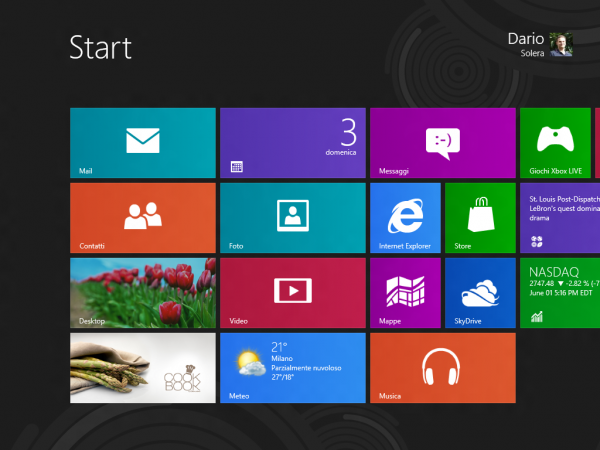I was tempted to buy a Nexus 7. The price is so low it’s almost at impulse-buy level, but I figured I should wait to see the first Windows RT tablets in October, despite being scared by Windows 8.
So I started reasoning on why I should want a Windows tablet. The first thing that comes to mind is having Windows always available. That’s actually a huge selling point, but users are going to be disappointed when they learn that on ARM tablets Windows is not quite the same Windows and they can’t install their favorite programs. As you may know, Windows RT (a.k.a. Windows 8 for ARM) is not compatible with regular x86 programs, and will only allow applications coming from Windows Marketplace.
Therefore, an x86 tablet seems like a much more sensible choice, one that will give you more flexibility. The only problem is that x86 tablets will be more expensive while having lower battery life and being heavier than their ARM cousins. Picture a laptop with a touchscreen and a removable keyboard.
I can imagine Windows RT and Windows 9 evolving eventually into two different products, with Windows RT losing the classic desktop, but that will take a couple more years at least. A touch-centric version of Windows does have appeal, but the more I think about it, the less sense a tablet+desktop OS makes, especially if the desktop is a locked-down ARM environment that you can’t modify like you’re used to.
The transition won’t be easy and there will be casualties.

